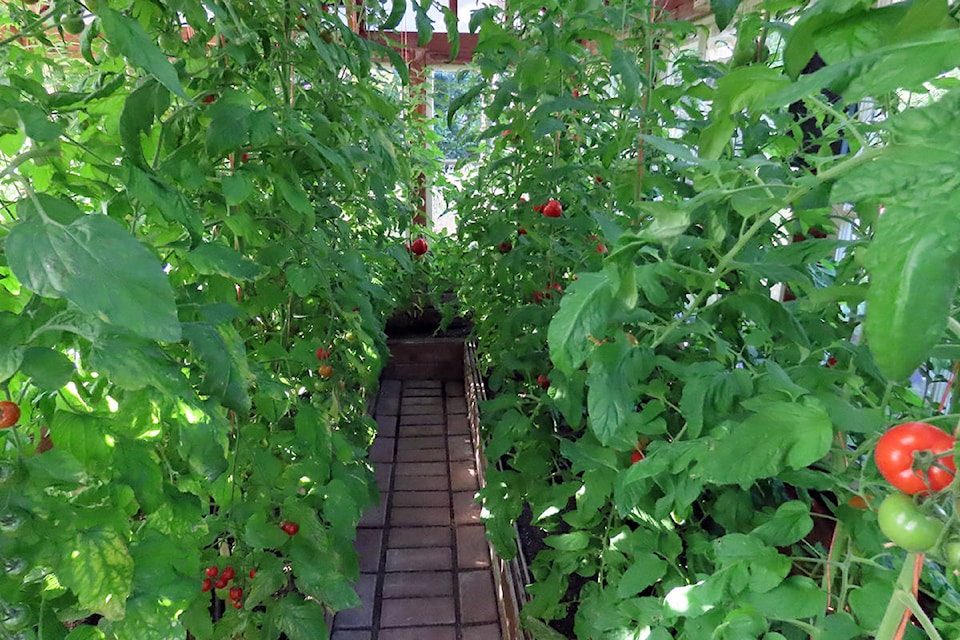Leslie Cox
Special to The Record
Now that the harvest is starting to ramp up on the downhill slide towards autumn, I am finding evidence of something other than us taste-testing the produce. Not talking about the “usual” slugs, snails and various insects who make little inroads in the leafy greens but rather a critter with bigger teeth and who is adept at climbing. Yup. Everyone’s worst nightmare…rats.
They are an intelligent, warm-blooded animal so it stands to reason they would turn to a varied diet of fresh vegetables and fruits over their standard fare of over-ripe compost.
And don’t go thinking you do not have them in your neighbourhood just because you do not see them. They are like bats. They are out there, trust me.
Have you ever tried to catch a bat that flew in your bedroom window? It happened to me when I lived in Gold River. Twice. Had a devil of a time trying to herd them back out. But I digress…
We do not usually see, or hear, any rats most of the time, but harvest season generally ensures a sighting or two. Even if you do not get any glimpses, you can tell they are around by the chew marks in the squash, tops of carrots or beets that are poking up out of the ground, and sizable chunks taken out of the side of some tomatoes.
I can handle them feasting on the zucchinis, some carrots and a couple of beets. Most of the chewed root vegetables can still be salvaged and I am drowning in zucchinis, so one or two less is no skin off my nose. I will even serve it to the rodent on a silver platter. I can even be lenient on the tomatoes, but only if it would stick to one… maybe two. However, a couple of years ago, we were losing quite a few tomatoes to a rat and had to take serious action. Sad to say, the rat did not win.
But a valuable lesson was learned that year because the rat was not the only creature we caught in the trap, unfortunately. A small sparrow flew through the open door and discovered the trap, sealing its fate. A heartbreaking day for us and one we vowed never to repeat. So now we are especially careful where we place any traps we set out for rats and they are disarmed every morning before the birds get active for the day.
Time to move onto something less creepy… like fall webworms. (I did say “less creepy.” Being up in the tree canopies, you are less likely to walk into a webworm nest than you are to walk face-first into a spider web these days.)
We have removed about six from our pear tree this year, some others from the ‘Crimson King’ maple trees and one on our espalier apple. We cut them out and bagged them, tying the top of the bag so nothing can escape. If it is a sunny day, we leave the bags out on the driveway to cook the squirmy larvae before putting them in the garbage.
Sadistic, aren’t we? Anything to keep the numbers down – although, truthfully, this is one pest that rarely explodes into apocalyptic populations like the western and forest tent caterpillar species that appear in the spring.
Turning to the ornamental part of the garden, now is a good time to evaluate your design and make note of any changes needed. With cool autumn temperatures around the corner and expected rainfalls in the forecast, it is a great time to divide and/or move plants around.
Leslie Cox co-owns Growing Concern Cottage Garden in Black Creek. Her website is at www.duchessofdirt.ca and her column appears in the Record throughout the spring and summer months.
